Today’s feature is from correspondent Dave Spaulding
Concealed carry is the act of carrying a hidden firearm and all that comes with it. The late LTC Jeff Cooper had it right: “You are no more a gunman because you have a gun than you are a musician because you own a piano.” The newest handgun with the most expensive holster and greatest +P+, thermo-nuclear, Gold- Tipped, XYZ or ABC, death-dealing hollow point ammunition will be of no use if you cannot bring the gun into action and shoot well enough to save your own life.
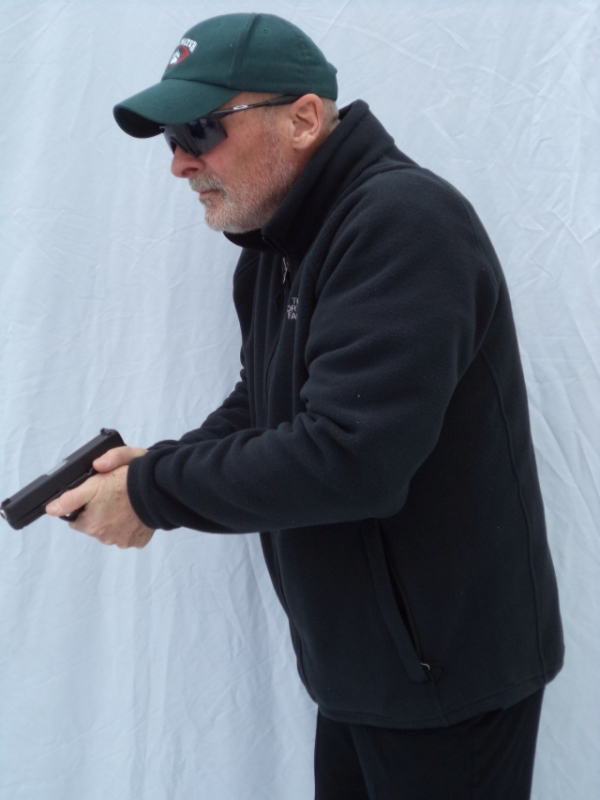
While some try to make gun-fighting sound magical, those of us who have spent our lives preparing for such situations have a good idea of what will likely happen. We have studied the subject, included our own experiences, read all we can, spoken to every person we can who has been in a fight and spent too much time watching all the gunfight videos that are now available on-line. And you know what? There is no “average” gunfight. Each event, though somewhat like others, will be its own peculiar situation. To try and prepare for everything that could happen in a fight is impossible. So, we must look at the subject in general and prepare accordingly, understanding that we will have to “tweak” our tactics as the situation unfolds, to adapt (“To change as necessary.”) The problem is few people are truly adaptive, which is “the ability to change as necessary.”
The biggest impediment to prevailing in any fight is not our ability to shoot well, it is our willingness to fight in the first place. Once we do, we need the ability to make instant decisions in a crisis environment without suffering brain lock. Let me tell you from personal experience, it’s easier said than done. Learning to shoot is not enough. Once you have a solid base of information and skill, practice regularly; structured, meaningful practice. Frequency helps. A few rounds a week with some dry fire is much better than a large volume of ammo on occasion.
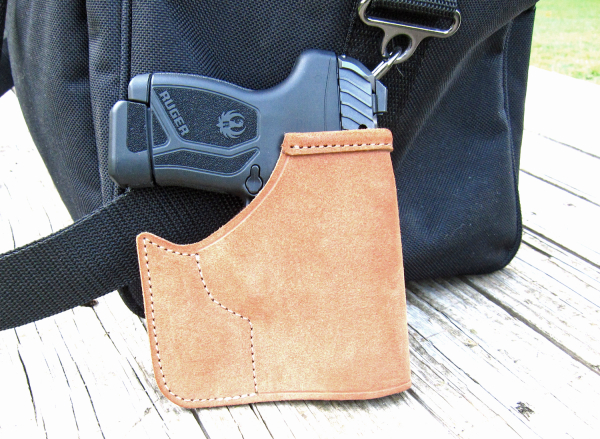
Is "tiny" going to be enough? Are you that good with it or (below), do you need something more substantial? (Holsters: Above from Galco, below from Kramer Handgun Leather.
In regards to personal defense and concealed carry, what do you need to know and practice? First, we must select the right carry gear for our lifestyle and needs. I would strenuously caution against carrying a small “mouse gun” that may be easy to carry/conceal, but worthless in a fight. While it is true that you must have a gun to gunfight, it should be enough to handle the problem -- understanding that any gun is better than open hands. Going open hands with an armed attacker should never seem appealing.
Consider being alone in a dark parking lot when multiple people confront you, you draw a gun and they back off because they are concerned about getting shot. Can you count on this? Remember, they (criminals) don’t think like you. Many (if not all) felons will know, at an intuitive level, if you are posturing. With this particular situation, is this where you want to be holding that cute little .25 that is so easy to carry, or do you want a handful of gun that will better handle the problem if an attack does occur?
Once you have selected a gun, where are you going to conceal it? Will it be readily available or conveniently tucked away? If the gun is concealed so deep that you can’t get at it in a couple of seconds or less, what use will it be? Ready means prepared! Can you draw it with one hand while fighting with the other? We have all heard the term “shoot, move, communicate” but it is more involved than that. Included in the problem, it’s keeping cool under extreme pressure, making instant decisions in a pandemonium-filled event, being concerned about non-hostiles, recognizing threats, keeping track of a changing situation and so forth. It’s easier said than done.
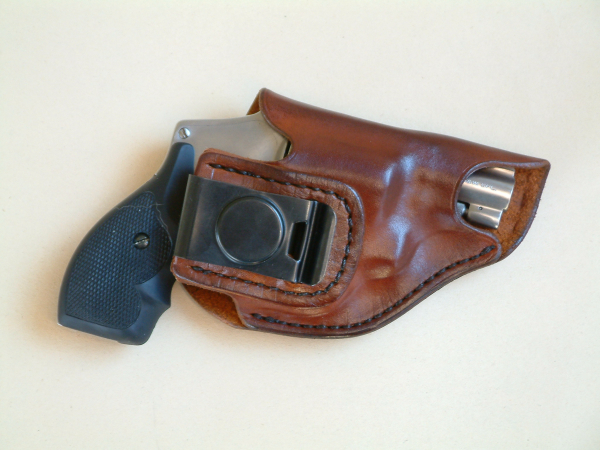
Above, the holster from Bell Charter Oak is extremely deep cover; not the fastest draw. Still, it's better than the 'solution' chosen by the gent below.
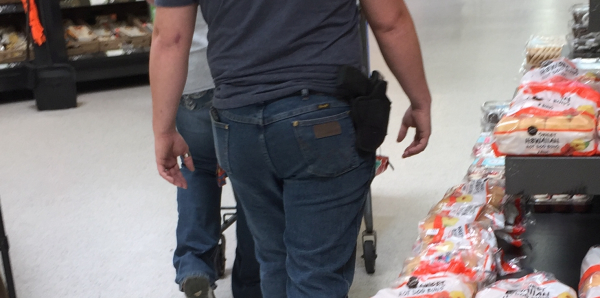
The harsh reality is if your shooting skills and fighting tactics are not on auto- pilot -- what is commonly known as “automaticity” -- you will not be able to focus on what is unfolding in front or around you. Obtain solid training and then practice. A good training course does not have to be a “high-speed, low drag” course. I believe that Gunsite 250, Jeff Cooper’s original Defensive Pistol Course, is a great representation of what is needed in a basic combative pistol course. There are many like it across the U.S. Every shooting school created since has used the format established in the 250; foundational skills, including a ready position, holster skills, reloading, stoppage clearances, and more. Emphasis should be on getting solid hits under duress as history has long revealed the person who gets the first solid hit will usually win. Yes, speed is a factor, but only GOOD hits count. Fast misses never help, they too often hit an innocent person.
A fast draw does not come from spastic, jerky body movement but from lack of unnecessary motion (physiological/biomechanical efficiency). Thus, the least distance that the hand must travel in order to acquire the gun, the faster the draw will be. Take a moment to stand upright and look at where your shooting hand is in relationship to locations on your body that are logical for handgun concealment. The hands will normally be in one of three locations prior to a fight; at your side, in front of the torso or up by the head, which is possible when startled. Regardless of the location, the hands are only a short distance from the belt line making travel quick and efficient. The fastest location would certainly be at the front of the body just off the centerline, but this would mean that a closed front garment would be required to conceal the gun. If you always wear such a garment, then an appendix-style of carry could be the best choice for you.
But what happens if you do not always wear such garments? Most of us will wear a jacket that is open in the front whether it is casual or business, so the forward appendix carry would not be best. This requires the gun to be moved around the body under the garment; and the farther back the gun is, the longer the draw will take. Where the gun is placed should be based on your preferences, understanding appendix to three o’clock (nine o’clock for a left -hand shooter) will be the fastest carry locations for most people.
I have had both shoulders re-built due to the stupidity of my youth, thus wearing a gun in the hollow above my hip (commonly known as FBI carry) is problematic. It is difficult for me to get my hand solidly on the grip of a canted gun due to my limited flexibility. Thus, I wear my gun on the side of my body (three o’clock) in a vertical cant that allows me to grasp the gun the same way each time. This is not the ultimate mode of carry for all, but it works for me. Each one of us must find what works best for us individually. The trick is to practice and see what is most efficient based on your skill, body style and other individual concerns. Once you find the right location, select holsters that work well and stick to it. Muscular confusion is the result for the person who constantly changes their carry location.
IWB (inside-the-waistband) rigs will conceal better, but the tighter to the body the gun is worn, the longer the draw will potentially take as acquiring a grip is more difficult. This is not bad, just reality, so consider this and practice accordingly. Any holster selected should retain the gun through vigorous activity. Retention snaps/ straps are an individual choice, regardless, a good rule of thumb is to place the loaded gun in the holster, turn it upside down over a bed and shake it three times. If the gun stays in place, you are probably okay.
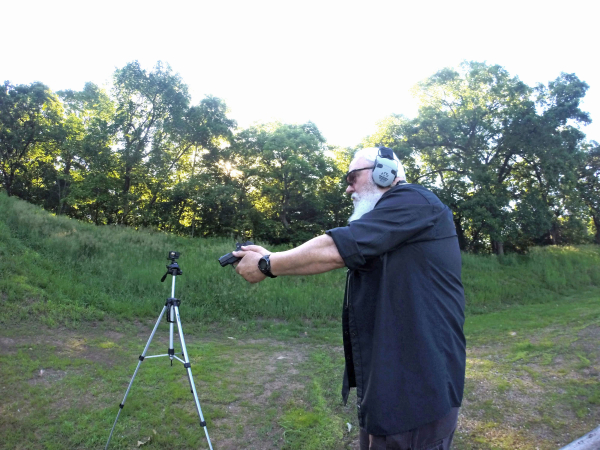
Use of a mirror during practice is okay - if it can be done safely. Better an 'action cam' video setup for range work, currently available at a low cost, for review later at length. Note where you're failing and work dry practice before your next range outing.
While some will tell you not to practice in front of a mirror, I disagree. Unless you can video your draw, a mirror will allow you to study your draw stroke and see where unnecessary motion is evident. By eliminating this unneeded movement, you will speed the draw so I believe that a mirror can be a valuable tool for practice. However, don’t let the mirror pull you away from looking at your front sight or dot at the end of the draw stroke. Also, listen to the many coaches I have had over the decades, when building a new skill “go slow to learn to go fast.”
Concealed carry is a lifestyle commitment, not something that you do when it is convenient. You either carry a gun or you don’t. Leaving it in the car will not help if the fight starts and you are not in the car. A gun that is not on your person is a gun that will never enter the fray -- it’s as simple as that. Select a gun that you will carry all the time. But most of all—be ready and willing to fight. Just going to the range and shooting a few rounds is not enough. Fight preparation begins in the brain.
Prepare it.
-- Dave Spaulding